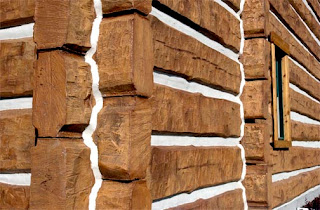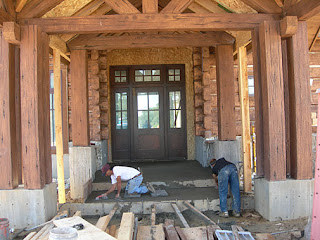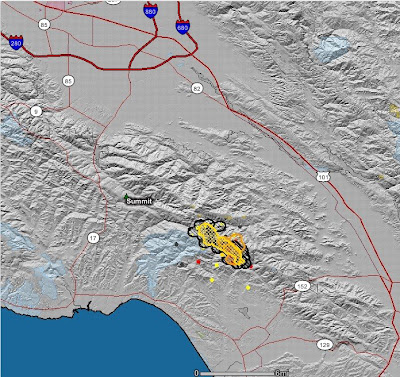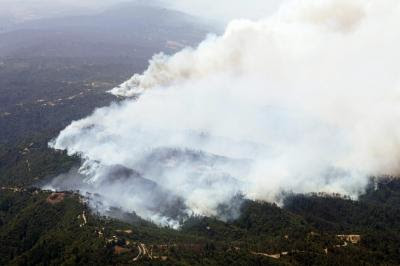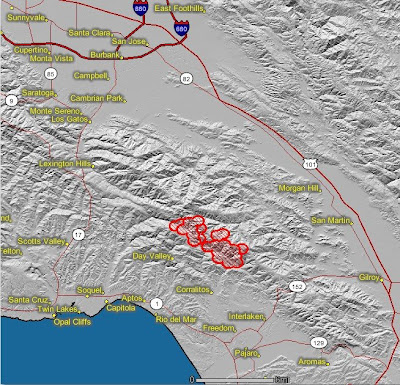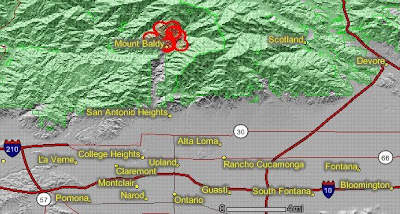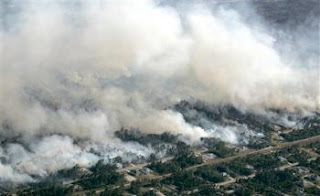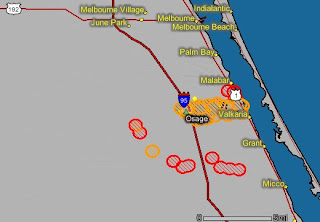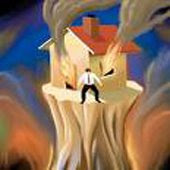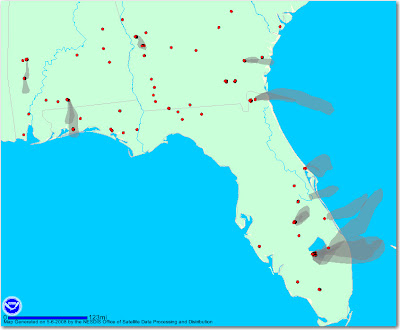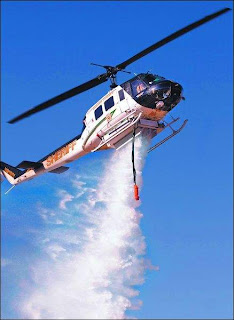Posted at the S
outhwest Coordination Center web site:
Subject: Heavy Fine Fuel Loads Have Created the Potential for More Active Fire Behavior
Discussion: Above-average rains during the summers of 2006 and 2007 have created heavier than normal fine fuel loads in southern Arizona, especially in desert areas infested with Buffelgrass (Pennisetum ciliare).
Many grassland areas in southeastern Arizona (above 3,500’) have had above average precipitation the past two summers, creating a heavy crop of grass. Historically, this situation has been followed by a year with large fires.
In addition, buffelgrass continues to increase in desert areas. Buffelgrass is a noxious, non-native grass that is roughly doubling each year in Pima County. Fuel loads can be 5-20 times greater than annual grasses like red brome. Because it is increasing so rapidly, firefighters may find thick grass in places that traditionally had little. Because the fuel load is so heavy, it can generate fireline intensity and flame length much more extreme than usual for the desert. Strategies and tactics normally used on desert fires may not succeed on buffelgrass fires.
Common denominators of tragedy fires are potentially present in deserts and grasslands: relatively small fires or deceptively quiet areas of large fires; relatively light fuels, such as grass, herbs, and light brush; unexpected shift in wind direction or in wind speed; fire responds to topographic conditions and runs uphill.
Concerns to Firefighters and the Public:
• Flame length in grass can exceed 4 feet at almost any time of year, exceeding capability of hand tools. Flame lengths can exceed 8 feet during fire season, exceeding the capability of light engines.
• Grass fuels can be continuous, creating wide flaming fronts.
• Greater fireline intensity can lead to increased torching of shrubs and increased spot fires.
• Anticipate fire whirls because of a combination of fuel loading, terrain, and unstable atmosphere.
• Heavier fuel load raises moisture of extinction, and active burning may occur throughout the night.
• Normally bare, rocky areas and steep, south-facing slopes may have enough grass to carry a fire.
• Washes and trails that formerly served as fuel breaks may no longer be effective.
• Retardant may be less effective at stopping fires where grass is thick.
• Greater fireline intensity and flame length increase threat to structures, power poles, and other improvements.
• Some Wildland Urban Interface areas are infested with buffelgrass. Increased fire behavior increases risk to structures, improvements, and public safety, and there is potential for more human-caused fires.
• Increased fuel loading increases radiant heat output, therefore increasing the risk of thermal burns.
• The outlook for April-June is for above average temperatures and below average rainfall, exacerbating the problem.
Mitigation Measures:
• Indirect tactics may have to be used more often.
• Maintain situational awareness of fuel conditions and fire behavior.
• Safety zone size may need to be larger than usual for the desert. Safety zones may be harder to find.
• Use of Nomex face shrouds helps protect the face and airways.
Area of Concern: Desert
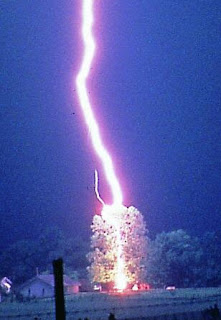 On May 29 we posted information about two firefighters, members of a Hot Shot Crew, that were injured by lightning while working on a prescribed fire west of Whitefish, MT on the Flathead National Forest. We are pleased to report that they have been released from the hospital. Apparently lightning struck some trees near where they were working.
On May 29 we posted information about two firefighters, members of a Hot Shot Crew, that were injured by lightning while working on a prescribed fire west of Whitefish, MT on the Flathead National Forest. We are pleased to report that they have been released from the hospital. Apparently lightning struck some trees near where they were working.


